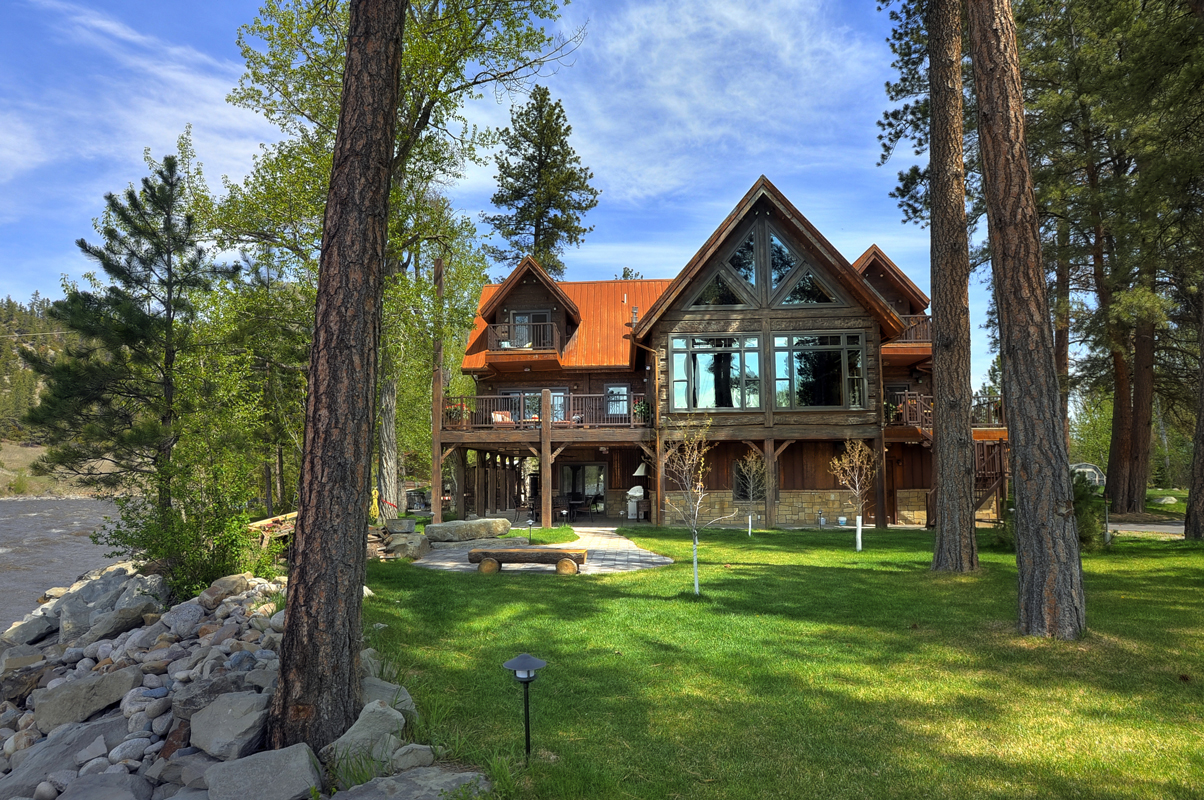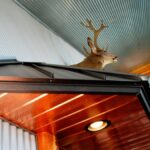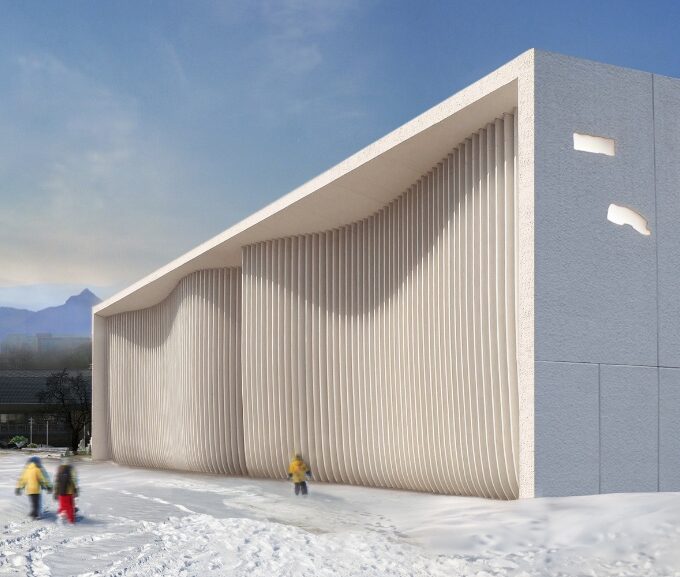Environments that experience frequent high-speed winds need a high-performing roofing solution that’s going to last. While it is impossible to call any roofing material 100% wind-resistant, a metal roof that’s been properly designed offers an incredibly durable and capable solution. Here’s everything you need to know about metal roofing handling high-wind areas. Before choosing a roofing solution for your home or building, it’s important to understand what all goes into a well-designed roof that will hold up in your windy environment. Learning about the different rating systems for wind uplift is a good place to start. No matter if you’re in a southern state facing tropical storms or along a mountainous ridge in the Rocky Mountains, you can find a metal roofing solution that has stellar ratings.
Understanding Wind Uplift
When air pressure below a roofing system is higher than the air pressure above it, wind uplift occurs. It’s important to remember that “roofing system” in this case means all the surface materials, fasteners, and other hardware used to secure the system to the roof deck. In simpler terms, think of it like this: When wind blows over the top of a roof’s surface, the pressure above a roof decreases (creating negative pressure). Simultaneously while this occurs, the wind causes air to infiltrate below the roofing materials through openings or cracks (creating positive pressure). The result of these two types of pressures occurring at the same time, which creates a force that pushes and pulls the roofing materials and causes the roof to separate from the roof deck. Wind uplift can damage roof overhangs, ridges, eaves, and other vulnerable parts of the roof.
Factors Affecting Wind Uplift
The following factors affect how drastic wind uplift may be in your area:
Location & Landscape — The area and its surrounding terrain can either increase or decrease the wind effect on your property. For example, if you have a lot of buildings or mountains close by, they can act as an obstruction to incoming wind and break the flow. On the other hand, flat, open plains or areas near large bodies of water may have an increased risk of wind uplift.
Home/Building Height — Roofs that are on higher buildings or homes can experience a bigger risk of wind uplift. A steep-sloped roof is also more prone to wind uplift.
Openings — In your home or building’s design, the amount of openings, vents, and other similar components can create more pressure on the interior of your roof.
Type of Fastener — The type of fasteners in your chosen panel also can affect how drastic wind uplift may be. A fixed clip system for concealed fastener panels gives a more rigid connection to the substrate, but can be more restrictive in allowing your panels to move with fluctuating temperatures. Exposed fastener panels offer a more substantial solution against wind, but will require more frequent inspections to ensure a proper seal.
Understanding how these factors affect and will interact with your home is key in choosing the right type of panel.

Wind Uplift Ratings
To take on the challenges that wind uplift presents, you need strong, wind-rated metal roofing panels that have been tested for that type of environment. There are different wind uplift ratings:
ASTM E1592
The ASTM E1592 is a standard test by the American Society for Testing and Materials (ASTM) that provides a standard procedure to evaluate and confirm structural performance of sheet metal panels and anchor-to-panel attachments under uniform static air pressure. This test covers roofing and siding performance using a test chamber/surface support. It’s intended to represent the effects of uniform loads on a building’s exterior surface elements.
UL 580
The UL 580 is a standard test by UL (a global safety science leader and creator of product safety standards) that tests for uplift resistance on roof assemblies, which consists of the roof deck, its attachment to supports, and roof covering materials. It tests the materials under both the positive and negative pressures of wind uplift.
Recommended Wind Rated Panels
There are quite a few panels that are have been tested, rated, and are recommended for high wind environments, including the following:
- 3” Trapezoidal Panel (ASTM E1592)
- 2” Mechanical Lock (ASTM E1592)
- Mechanical Lock (ASTM E1592)
- 2” Snap Seam (ASTM E1592 & UL 580)
- 1.75” Tru Snap (ASTM E1592)
- Tru Snap (UL 580)
- Nail Strip (UL 580)
- ⅞” Corrugated (UL 580)
- ¾” Corrugated (ASTM 1592 & UL 580)
- 7.2 Box Rib (ASTM E1592
- Purlin Bearing Rib (ASTM E1592)
Metal roofs are a structurally-sound, unbelievably durable roofing solution for areas that experience frequent high-speed wind. The key is understanding your surrounding area and other factors that affect wind uplift, and then selecting the proper panel. With all the panels available in many different styles and finishes, you can get the strength you need and the style you want without sacrificing either. By making an informed choice, you can ensure your roof withstands the challenges of high winds, providing lasting protection and peace of mind.












